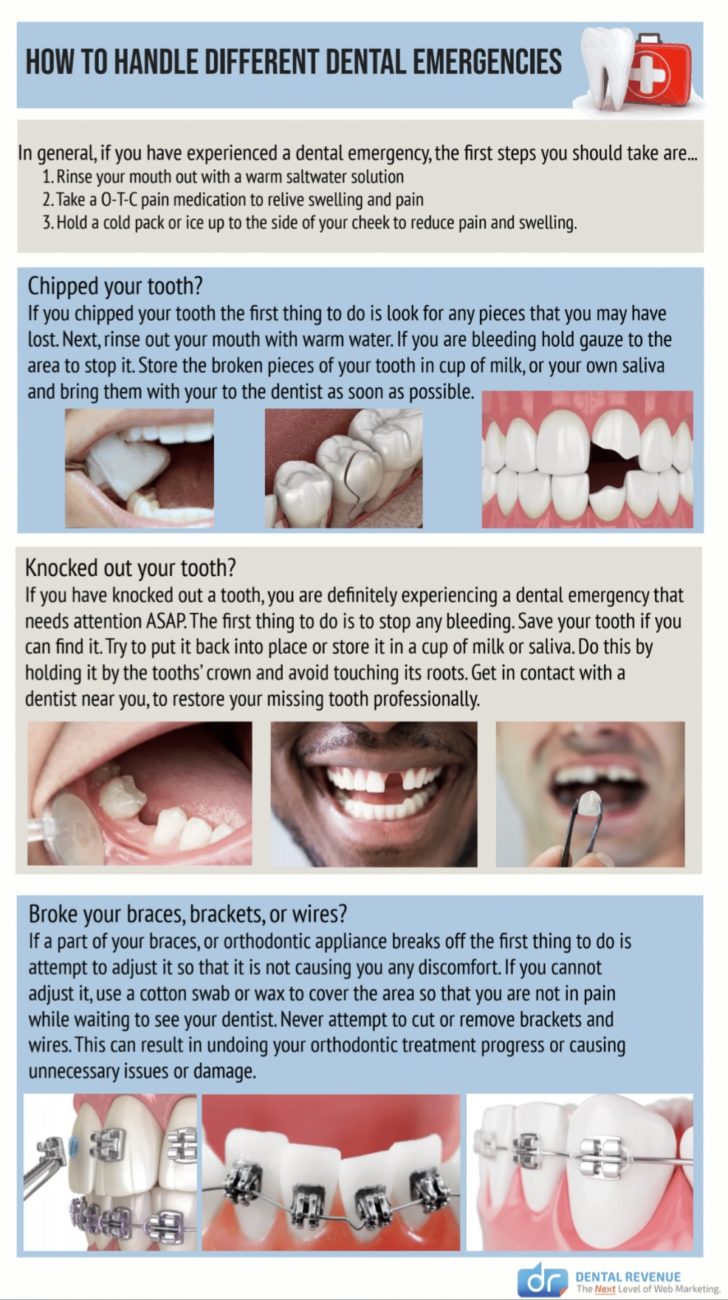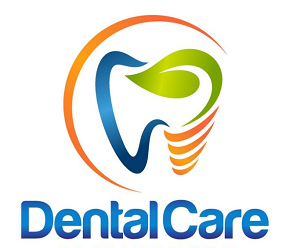8 Jul, 2022 | Edward Bramston | No Comments
What to Do When You Break a Tooth: Immediate Steps
Introduction
Breaking a tooth can be a distressing experience, but knowing what immediate steps to take can help alleviate pain and prevent further damage. Whether it’s due to an accident, injury, or biting down on something hard, a broken tooth requires prompt attention to ensure proper treatment and minimize complications. In this blog post, we will guide you through the immediate steps you should take when you break a tooth, providing you with valuable information to handle the situation effectively.
1. Stay Calm and Assess the Situation
Breaking a tooth can be a distressing experience, but it’s important to stay calm and assess the situation. Take a moment to determine the severity of the break and whether any other injuries have occurred.
2. Rinse Your Mouth
After breaking a tooth, rinse your mouth gently with warm water. This will help remove any blood or debris that may be present. Be careful not to use excessive force or any mouthwash containing alcohol, as it can cause further irritation.
3. Control Bleeding

If there is bleeding, apply gentle pressure to the affected area using a clean gauze or cloth. Maintain the pressure for about 10 minutes or until the bleeding stops. If bleeding persists or is excessive, seek immediate medical attention.
4. Save any Tooth Fragments
If you can locate any tooth fragments that have broken off, carefully collect them and place them in a clean container with milk or saliva. This can potentially help your dentist in restoring the tooth, depending on the severity of the break.
5. Manage Pain and Swelling
If you experience pain or swelling, you can apply a cold compress to the affected area. This will help reduce inflammation and alleviate discomfort. Over-the-counter pain relievers can also be taken as directed to manage pain.
6. Avoid Eating Hard or Sticky Foods
While waiting to see a dentist, it’s important to avoid eating hard or sticky foods that can further damage the broken tooth. Stick to soft foods and avoid chewing on the affected side of your mouth to prevent additional pain or injury.
7. Schedule an Emergency Dental Appointment
As soon as possible, contact your dentist and explain the situation. Many dental offices have emergency slots available for urgent cases like a broken tooth. Provide them with all the necessary details and follow their instructions for immediate care.
8. Protect the Sharp Edges
If the broken tooth has sharp edges that may cause injury to your tongue or cheeks, you can temporarily cover them with dental wax or sugarless chewing gum.
Summary
Breaking a tooth can happen unexpectedly and can be quite painful. However, it is important to stay calm and take immediate action to prevent further damage and alleviate discomfort. Here is a summary of the steps you should follow when you break a tooth:
- Rinse your mouth with warm water to clean the area and remove any debris.
- If there is bleeding, apply gentle pressure with a clean cloth or gauze to control it.
- If you experience swelling, apply a cold compress to the affected area to reduce it.
- Save any broken tooth fragments and keep them moist in milk or saliva.
- Contact your dentist as soon as possible to schedule an emergency appointment.
- In the meantime, manage pain with over-the-counter pain relievers and avoid chewing on the affected side.
Remember, seeking professional dental care promptly is crucial to ensure the best possible outcome for your broken this page tooth. By following these immediate steps, you can take control of the situation and increase the chances of successful treatment and restoration.
- Q: What should I do if I break a tooth?
- A: If you break a tooth, it is important to take immediate action to prevent further damage and reduce pain.
- Q: Should I rinse my mouth with water?
- A: Yes, rinsing your mouth with warm saltwater can help clean the area and reduce the risk of infection.
- Q: What if there is bleeding?
- A: Apply gentle pressure with a clean gauze or cloth to control any bleeding. If it doesn’t stop within 10 minutes, seek dental care.
- Q: How can I reduce swelling?
- A: Applying a cold compress to the affected area can help reduce swelling and relieve pain.
- Q: Can I take over-the-counter pain medication?
- A: Yes, you can take over-the-counter pain medication like ibuprofen to help manage the pain. Follow the instructions on the packaging.
- Q: Should I try to reattach the broken piece?
- A: No, it is not recommended to reattach the broken piece yourself. Leave it to the dental professional to assess and handle the situation.
- Q: What if I can’t see a dentist immediately?
- A: If you can’t see a dentist right away, cover the broken tooth with temporary dental cement or dental wax to protect it until you can get professional help.
- Q: How soon should I see a dentist?
- A: It is crucial to see a dentist as soon as possible, ideally within the first few hours of breaking the tooth, to increase the chances of successful treatment.
- Q: Will I need a dental crown or filling?
- A: The need for a dental crown or filling depends on the extent of the damage. Your dentist will evaluate the situation and recommend the appropriate treatment.
- Q: How can I prevent tooth fractures in the future?
- A: To prevent tooth fractures, avoid biting or chewing on hard objects, wear a mouthguard during sports activities,

Welcome to my website! My name is Edward Bramston, and I am a dedicated Dental Anesthesiologist with a passion for providing exceptional care to patients of all ages. With years of experience in the field, I have developed a deep understanding of the importance of dental emergencies, children’s dentistry, and nutrition for oral health.
